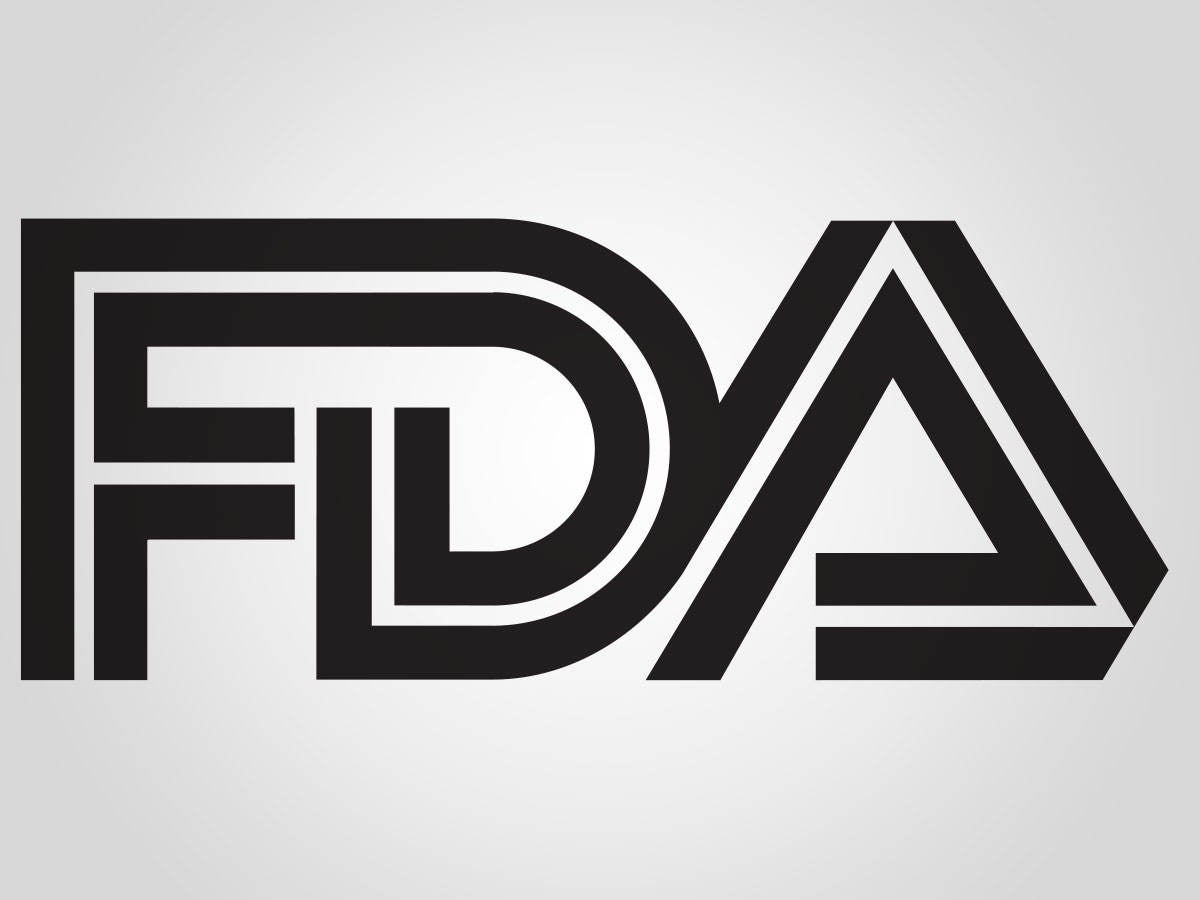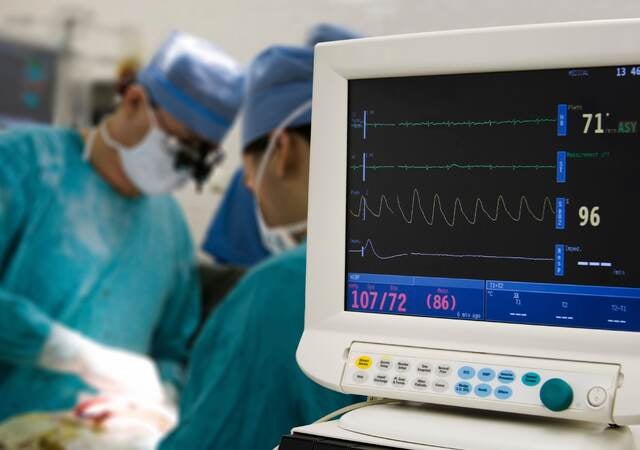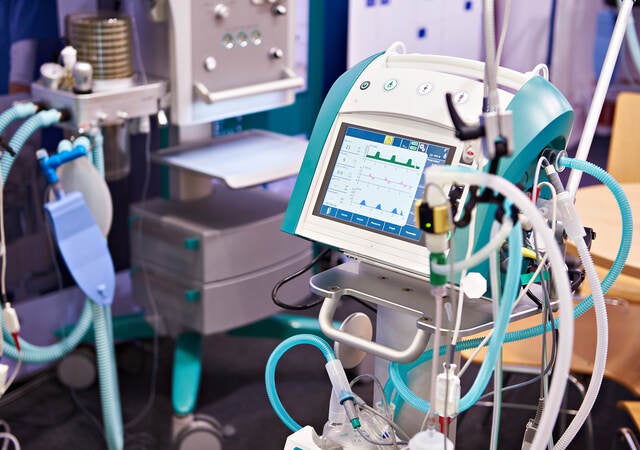October 28, 2021
The US Food and Drug Administration division responsible for medical device market oversight has published a list of guidance documents the agency plans to issue over the course of its 2022 fiscal year.
FDA’s Center for Devices and Radiological Health (CDRH) has divided its list of planned guidances into three sections: an “A-list” of higher-priority final and draft guidance topics, a “B-list” to be published depending on available agency resources in 2022, and a “Retrospective review list” of guidance documents issued in previous years that may warrant revision.
The FDA CDRH lists provide a degree of transparency for US medical device market applicants and registrants in terms of where the regulator plans to commit resources and potentially increase scrutiny over the coming year, and how manufacturers may be impacted in terms of compliance.
CDRH regulatory priorities for 2022
Regarding CDRH’s A list of guidance documents for 2022, the division plans to finalize guidance for clinical decision support software, postmarket surveillance and remanufacturing of medical devices.
CDRH also expects to finalize polices on Global Unique Device Identification Database (GUDID) requirements for some device types as part of the regulator’s Unique Device Identification (UDI) system rollout.
In addition, CDRH intends to issue final guidance on post-approval study handling related to Premarket Approval (PMA) applications, as well as on electronic submission templates for 510(k) premarket notification applicants.
Draft CDRH medical device guidance to expect
In terms of draft guidances on CDRH’s 2022 A list, key topics include:
- Quality system considerations and premarket submission content pertaining to medical device cybersecurity;
- Premarket submission content recommendations for software as a medical device (SaMD);
- Transition plans for medical devices marketed via FDA Emergency Use Authorizations (EUA) during the COVID-19 public health emergency;
- Guidelines for computer software assurance related to device production and quality system software;
- Guidance on the FDA Voluntary Malfunction Summary Reporting (VMSR) program, first launched in 2018.
CDRH also plans new draft guidances on the FDA Breakthrough Devices Program; manufacturers’ reporting obligations related to medical device shortages under Section 506J of the Federal Food, Drug, and Cosmetic Act; and clinical issues related to premarket submissions of devices targeting opioid use disorder.
FDA “B-list" regulatory guidance
Although CDRH may or may not publish guidance on its B-list topics over the course of 2022, some of these topics may bear watching by US market registrants and applicants:
- Draft guidance on human factors content to include in FDA premarket submissions;
- Draft guidance on risk categorization of SaMD;
- Draft guidance on submission recommendations for change control plans pertaining to artificial intelligence/machine learning (AI/ML)-enabled medical device software
Given rapid technological and manufacturing developments involving SaMD and AI/ML, as well as related product design and usability considerations, CDRH may determine to reprioritize and allocate more regulatory resources to developing these guidances in 2022.
Learn more about US FDA medical device regulations at Emergo by UL:
- FDA 510(k) consulting for medical device and IVD companies
- Medical device UDI consulting and training
- Medical device usability training and consulting
Request information from our specialists
Thanks for your interest in our products and services. Let's collect some information so we can connect you with the right person.









